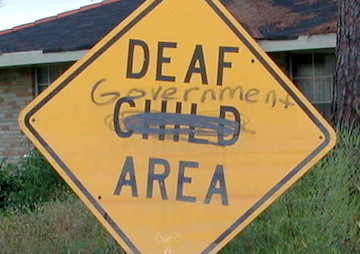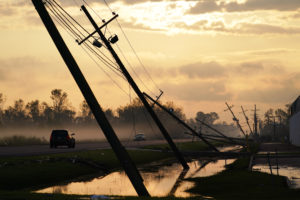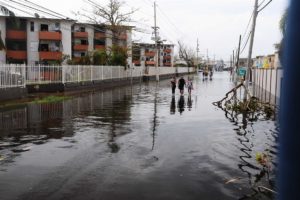Resisting Neoliberalism in Post-Katrina New Orleans
Authorities “demolished all of the city’s remaining traditional public housing … converted almost the entire public school system into charters, eliminated the teachers’ collective bargaining agreement” and oversaw “the permanent closure … of the public hospital dedicated to serving the poor,” writes Jay Arena in the magazine Jacobin. Bart Everson / CC BY 2.0
Bart Everson / CC BY 2.0
After the devastation of Hurricane Katrina, authorities in New Orleans “demolished all of the city’s remaining traditional public housing … converted almost the entire public school system into charters, eliminated the teachers’ collective bargaining agreement” and oversaw “the permanent closure … of the public hospital dedicated to serving the poor,” writes City University of New York sociology professor Jay Arena in the magazine Jacobin.
“[T]here were heretics,” Arena continues, “dissenters against this raft of anti-worker policies. A particularly tenacious challenge was mounted by public housing activists, who managed to keep the bulldozers at bay for several years.”
The movement’s most dramatic confrontation, which received national attention, came at the city council chambers on December 20, 2007. Following a directive from council president Arnold Fielkow to “restore order,” the city police proceeded to taser, pepper spray, and arrest scores of people who had gathered inside and outside the council chambers to register their objections.
With “order restored,” the city council’s three black and four white members voted unanimously to approve demolition of four large public housing developments that thousands of low-income African Americans called home. Mayor Ray Nagin — who now wallows in federal prison for chump change corruption, rather than his real crimes overseeing the looting of the public sector — signed off on the measure, adding a few phony provisos that did nothing to protect residents.
While throwing thousands of low-income black families out of their homes did produce protests, including condemnation by a United Nations human rights body, this crime failed to attract the tens of thousands of protestors that descended upon another Louisiana community — Jena — just three months prior to the city hall fracas. In Jena six black high school students were slapped with felony charges after getting into a schoolyard fight with a white student, all of which took place in the toxic context of white students hanging a noose from the “white schoolyard tree” after black students had violated local taboos around white space.
Continue reading here.
— Posted by Alexander Reed Kelly.
Your support matters…Independent journalism is under threat and overshadowed by heavily funded mainstream media.
You can help level the playing field. Become a member.
Your tax-deductible contribution keeps us digging beneath the headlines to give you thought-provoking, investigative reporting and analysis that unearths what's really happening- without compromise.
Give today to support our courageous, independent journalists.





You need to be a supporter to comment.
There are currently no responses to this article.
Be the first to respond.